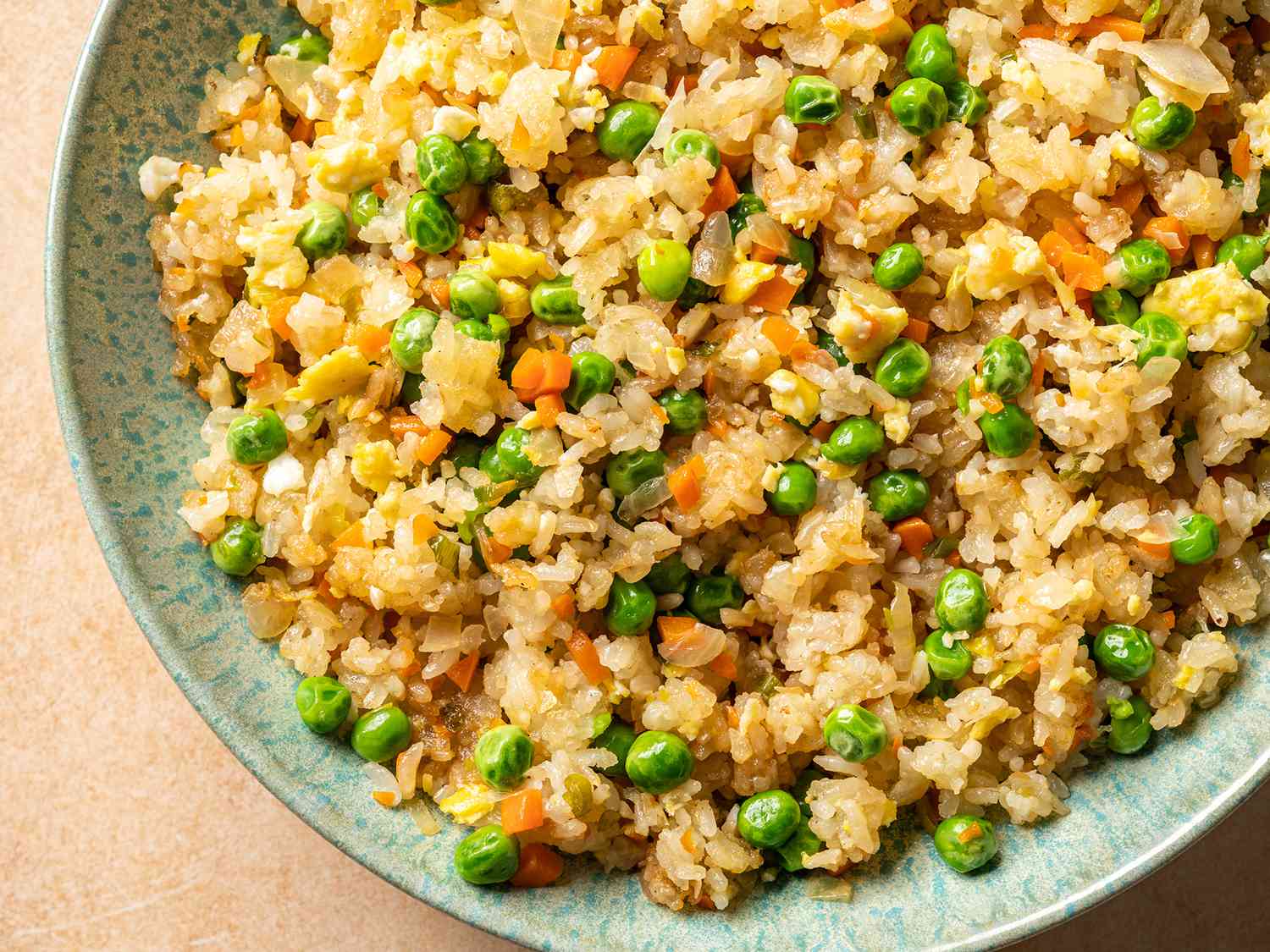Fried rice is one of the most popular and versatile dishes around the world. Found in Asian cuisine, from Chinese takeout to Thai street food, fried rice is a dish that transforms simple ingredients into something incredibly flavorful. Whether you are using leftover rice or cooking a fresh batch, the beauty of fried rice lies in its adaptability. This guide will walk you through the history, ingredients, cooking techniques, variations, and a step-by-step fried rice recipe that will leave your taste buds wanting more.
The History of Fried Rice
Fried rice originated in China and has been a staple of Chinese cuisine for over a thousand years. It was first created as a way to use up leftover rice and prevent food waste. The classic Yangzhou Fried Rice, originating from Jiangsu province, is one of the most well-known versions, often made with shrimp, char siu (Chinese BBQ pork), and eggs.
Over time, different countries adapted fried rice into their own culinary traditions. Thai fried rice, Japanese chahan, Indonesian nasi goreng, and Korean kimchi fried rice are just a few examples of how this simple dish has evolved worldwide.
Why You Should Make Fried Rice at Home
1. Cost-Effective
Fried rice is an affordable meal that makes use of pantry staples and leftovers.
2. Quick and Easy
In less than 30 minutes, you can prepare a delicious and satisfying meal.
3. Customizable
You can add proteins, vegetables, and seasonings based on your preference.
4. Healthier Than Takeout
By making fried rice at home, you control the ingredients and avoid excessive oils and additives.
Essential Ingredients for Fried Rice
To create the perfect fried rice, you need the right ingredients. Below are the essentials:
1. Rice
- Day-old rice works best as it’s drier and prevents mushy fried rice.
- Use jasmine rice for Thai-style fried rice, short-grain rice for Japanese chahan, or long-grain rice for Chinese-style fried rice.
2. Protein
- Chicken, shrimp, beef, or tofu
- Ham, bacon, or Chinese sausage
- Eggs (a classic component in most fried rice recipes)
3. Vegetables
- Green onions
- Carrots, peas, and corn (frozen mixed vegetables work well)
- Bell peppers, mushrooms, and bean sprouts
4. Aromatics & Seasonings
- Garlic and onions for depth of flavor
- Soy sauce (light and dark for balance)
- Oyster sauce for umami
- Sesame oil for fragrance
- Salt and pepper
How to Make the Perfect Fried Rice: Step-by-Step Guide
Step 1: Prepare Your Ingredients
- Dice your protein and vegetables into small, uniform pieces.
- Mince garlic and onions.
- Beat eggs in a separate bowl.
Step 2: Cook the Protein
- Heat a wok or large skillet over medium-high heat.
- Add oil and cook your chosen protein until golden brown. Remove and set aside.
Step 3: Scramble the Eggs
- In the same pan, add a little more oil.
- Pour in beaten eggs and scramble them. Remove and set aside.
Step 4: Stir-Fry the Vegetables
- Add more oil if needed and sauté onions and garlic until fragrant.
- Toss in the vegetables and stir-fry for 2–3 minutes.
Step 5: Add the Rice
- Break apart the cold rice to avoid clumps.
- Add rice to the pan and stir-fry for a few minutes.
Step 6: Combine Everything
- Return the cooked protein and eggs to the pan.
- Add soy sauce, oyster sauce, salt, and pepper.
- Stir-fry everything together for a few more minutes until well combined.
Step 7: Finishing Touches
- Drizzle a little sesame oil for added fragrance.
- Garnish with chopped green onions and serve hot.
Popular Variations of Fried Rice
1. Chicken Fried Rice
- Uses diced chicken breast or thigh meat for added juiciness.
2. Shrimp Fried Rice
- Fresh or frozen shrimp adds a delicious seafood flavor.
3. Vegetable Fried Rice
- Perfect for vegetarians, featuring a mix of fresh and frozen vegetables.
4. Thai Pineapple Fried Rice
- A sweet and savory twist with pineapple chunks and curry powder.
5. Kimchi Fried Rice
- Spicy and tangy with the umami flavor of fermented kimchi.
6. Nasi Goreng (Indonesian Fried Rice)
- Uses kecap manis (sweet soy sauce) and is often topped with a fried egg.
7. Japanese Chahan
- Features short-grain rice, soy sauce, and sometimes Kewpie mayo for richness.
Tips and Tricks for the Best Fried Rice
1. Use Cold, Day-Old Rice
Fresh rice is too moist and can become mushy when stir-fried.
2. High Heat is Key
A hot pan ensures that the rice fries properly instead of steaming.
3. Don’t Overload the Pan
Too many ingredients at once can lower the pan’s temperature and cause soggy fried rice.
4. Stir-Fry in Stages
Cooking each component separately helps maintain the right texture and prevents overcooking.
5. Add Sauces Gradually
Too much soy sauce at once can make the rice too salty and wet.
Serving Suggestions
Fried rice is best served hot and can be paired with:
- Spring rolls for a crispy contrast
- Sweet and sour chicken for extra protein
- Steamed dumplings for a delicious side dish
Conclusion
Fried rice is an easy yet flavorful dish that you can make at home in countless ways. Whether you prefer the classic Chinese-style fried rice, a spicy kimchi version, or a sweet and savory pineapple variation, this dish is endlessly adaptable. By following the right techniques and using quality ingredients, you can create a restaurant-quality fried rice that is healthier, tastier, and more satisfying than takeout.
